Breaking Ground: HWY 189 Wildlife Crossing is Underway
It won’t be long before Wyoming celebrates the completion of its newest major wildlife crossing, south of Kemmerer! This project is being made possible by a $24.3 million grant from the Federal Highway Administration, $4.2 million in WYDOT formula funds, and $8.8 million from 15 different partners and nonprofits, including over $6 million from the Wyoming Wildlife and Natural Resource Trust. The WYldlife Fund is also thrilled to have contributed over $900,000 to this important work, thanks to supporters like you! We are truly grateful to each of those listed below, whose generosity made this private gift possible. The U.S. Highway 189 Kemmerer South Wildlife Crossing Project officially broke ground earlier this month. Completion is expected in October 2027.
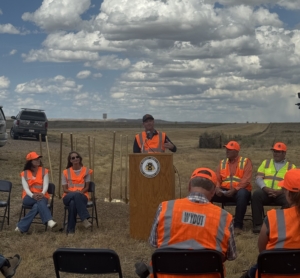
 Each year, an average of 80 deer-vehicle collisions are reported annually along 189 – and the actual number is likely much higher when considering unreported incidents. The new crossing, located around mile marker 12.8 south of Kemmerer, is projected to reduce collisions by 80 – 90%. This is a win not only for drivers but also for the Carter Lease pronghorn herd and the Wyoming Range and Uinta deer herds that rely on this corridor.
Each year, an average of 80 deer-vehicle collisions are reported annually along 189 – and the actual number is likely much higher when considering unreported incidents. The new crossing, located around mile marker 12.8 south of Kemmerer, is projected to reduce collisions by 80 – 90%. This is a win not only for drivers but also for the Carter Lease pronghorn herd and the Wyoming Range and Uinta deer herds that rely on this corridor.
South Kemmerer has long been identified as a priority zone by Wyoming Game and Fish, especially given the anticipated development and increased traffic from the planned nuclear power facility in the area. Once complete, the project will include seven underpasses, one overpass, and fencing along a 30 mile stretch of highway, dramatically improving safety for both wildlife and motorists.
While the new crossings themselves deserve a celebration, the collaboration that made them possible warrants equal recognition. The WYldlife Fund is proud to help conserve wildlife, reduce collisions, and connect landscapes across Wyoming, but we’re not the only player in the game. Funding for this project required teamwork by a wide array of stakeholders from many walks of life, and it’s through partnerships like these that we can continue to conserve wildlife, protect livelihoods, and build a brighter future together.
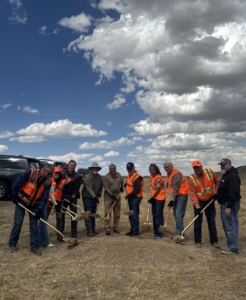
Thank you to every supporter who made this possible!
First Interstate Bank, Genesis Alkali Wyoming LP, Golf For Wildlife Supporters, Commissioner Mark Jolovich, Knobloch Family Foundation, Mule Deer Foundation, Muley Fanatic Foundation, Muley Fanatic Foundation-Blue Ridge Chapter, NextEra Energy Foundation, Rocky Mountain Power, SOS Well Services, Spire Storage, TC Soda Holdings Inc. (Project West), TerraPower, The WYldlife Fund, Williams, WYldlife For Tomorrow & Wyoming Wildlife Federation
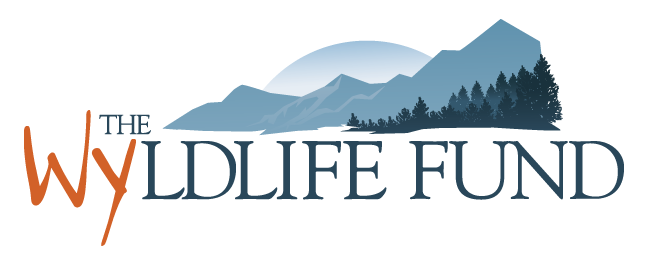



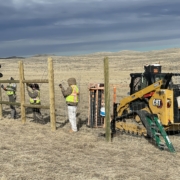
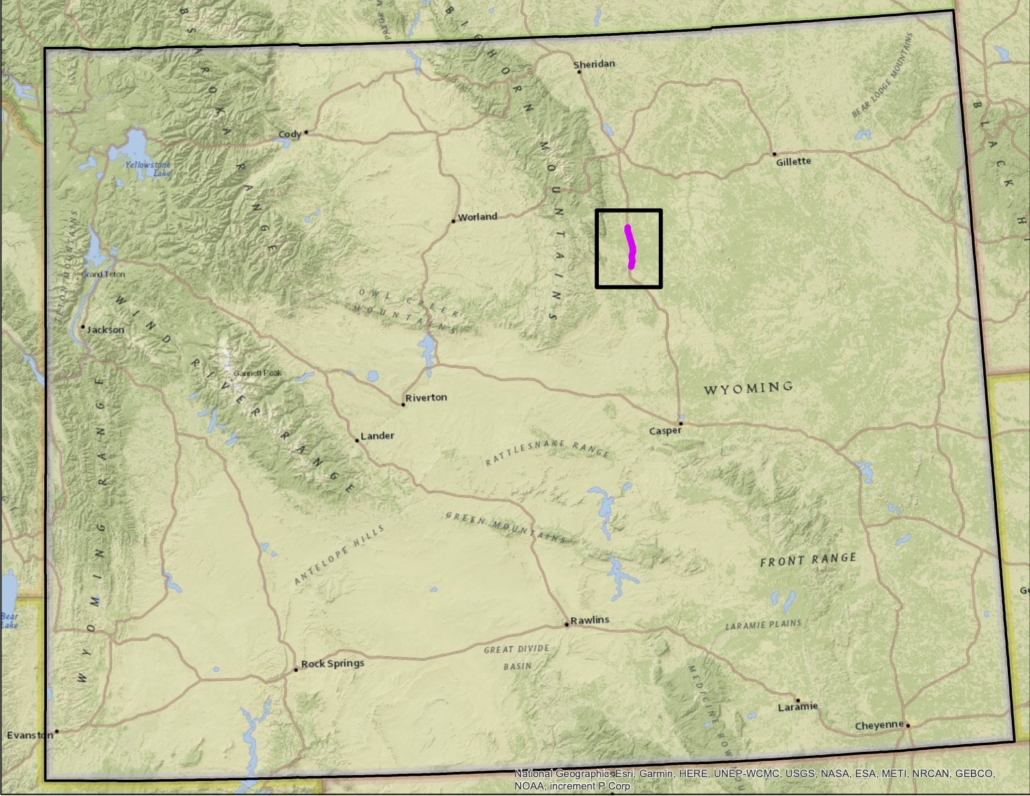
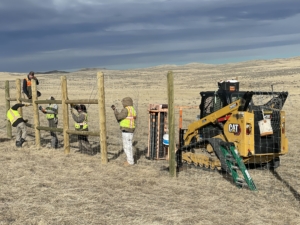
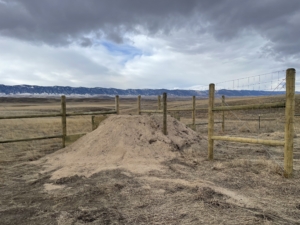
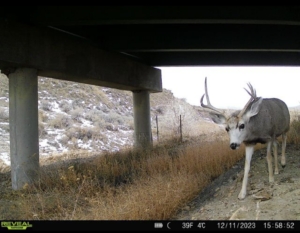
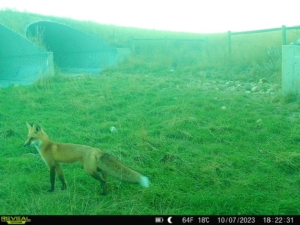
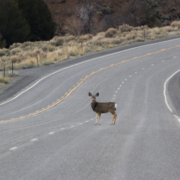
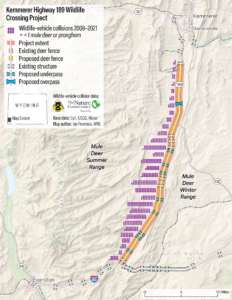
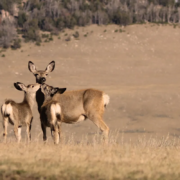
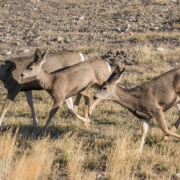
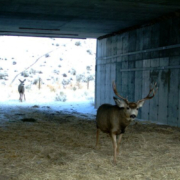 Mule deer are already successfully using wildlife crossings in the Nugget Canyon area of Wyoming (Photo Courtesy of WYDOT)
Mule deer are already successfully using wildlife crossings in the Nugget Canyon area of Wyoming (Photo Courtesy of WYDOT)